Email cannot be empty
Password cannot be empty
Email format error
Email cannot be empty
Email already exists
6-20 characters(letters plus numbers only)
The password is inconsistent
Email format error
Email cannot be empty
Email does not exist
6-20 characters(letters plus numbers only)
The password is inconsistent

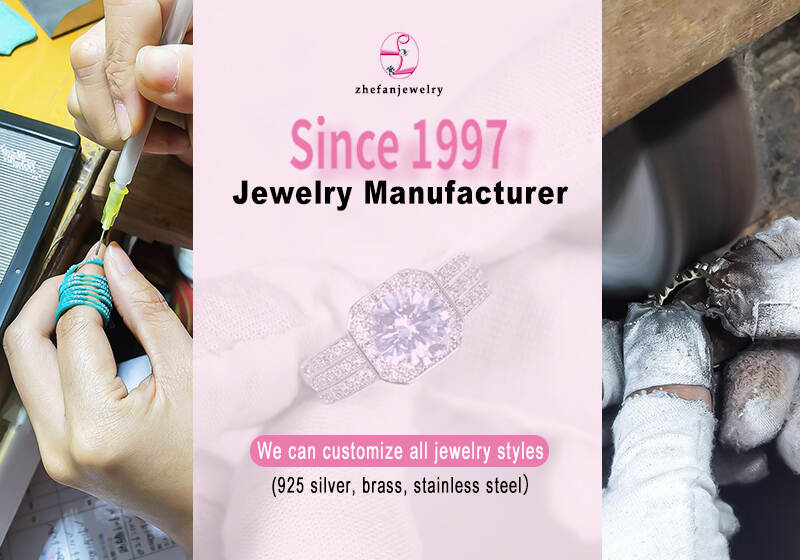
In the world of fine jewelry, 925 sterling silver rings stand out for their perfect balance of purity and durability. But what truly separates exceptional pieces from ordinary ones lies in strict adherence to international production standards. From raw material selection to final quality inspections, every step follows precise protocols ensuring your ring maintains its brilliance for generations.
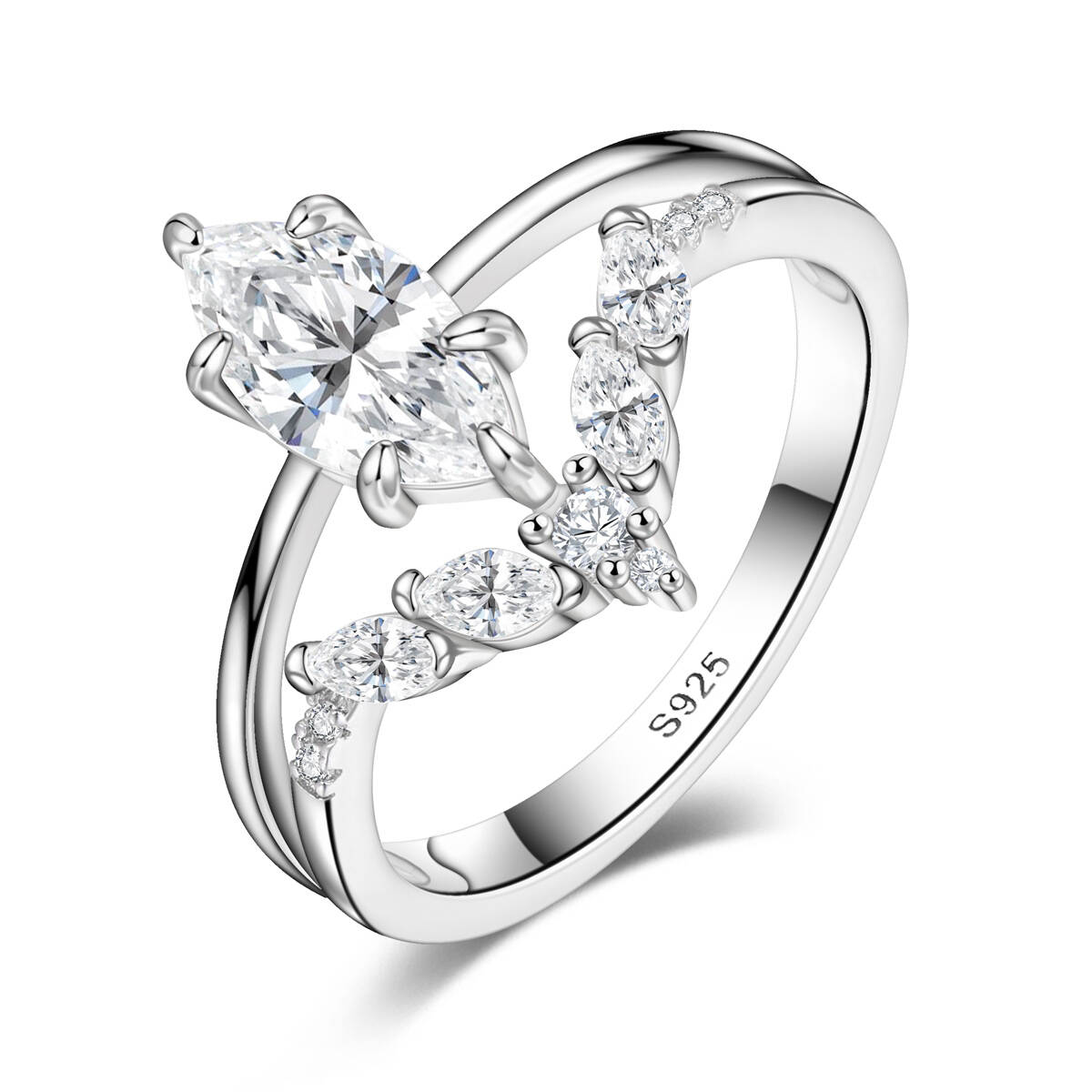
1. Material Selection: The 92.5% Purity Imperative
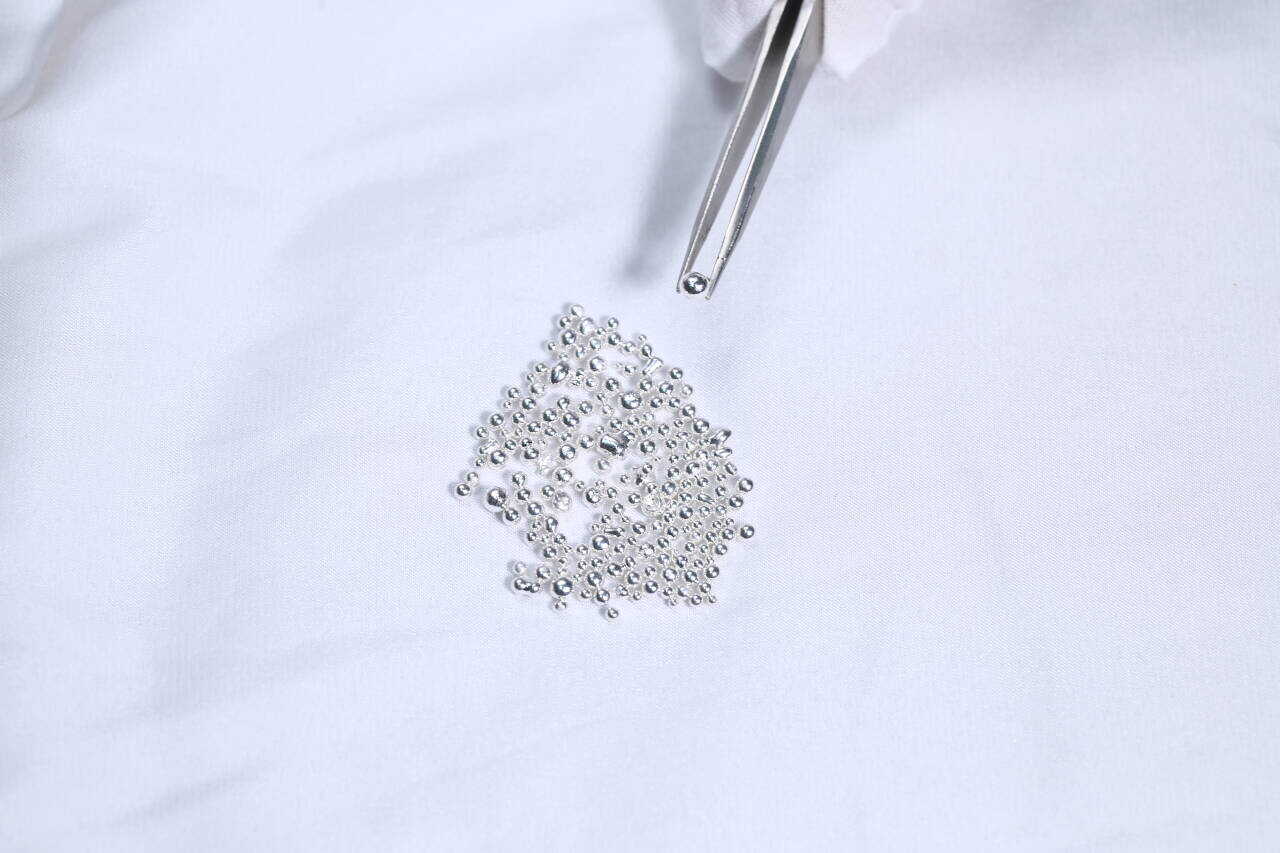
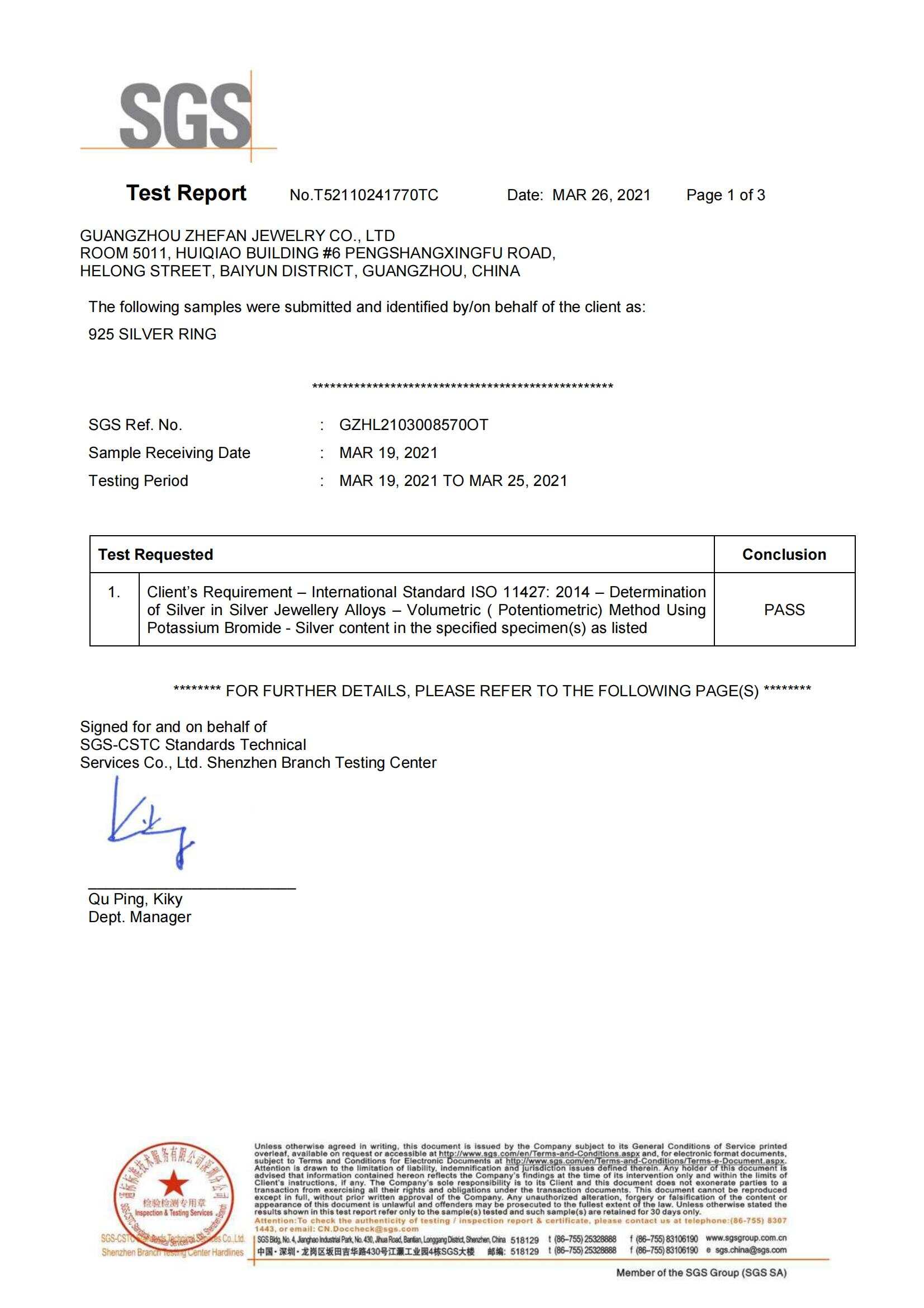
Authentic sterling silver begins with rigorous material selection:
 92.5% pure silver content (by weight)
92.5% pure silver content (by weight)
7.5% copper alloy for structural integrity
Conflict-free, ethically sourced metals
XRF spectrometer verification
Reputable manufacturers like Meetu Jewelry use advanced X-ray fluorescence technology to confirm metal purity before production begins.
2. Alloying Process: Precision Engineering
The critical alloying phase follows strict parameters:
Temperature-controlled induction melting
Homogeneous mixing via centrifugal casting
Cooling rate monitoring (±2°C accuracy)
This scientific approach ensures perfect crystalline structure formation within the silver alloy.
3. International Compliance Certifications
Premium manufacturers maintain triple certification:
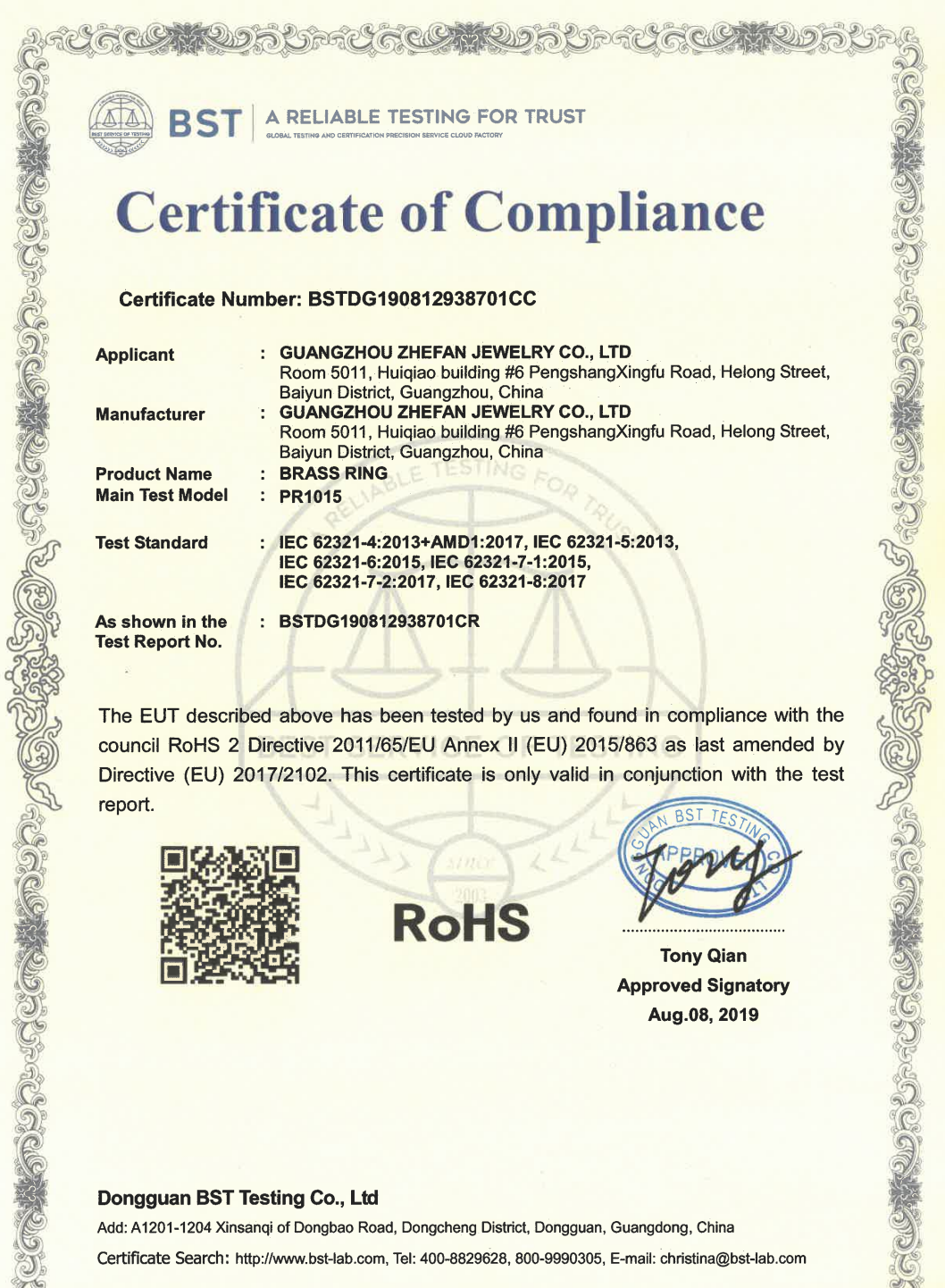 ROHS Compliance: Guarantees lead-free and nickel-free jewelry
ROHS Compliance: Guarantees lead-free and nickel-free jewelry
REACH Standards: Ensures safe nickel content levels
SGS Certification: Third-party verification of material authenticity
These certifications are independently verified through annual audits and batch testing.
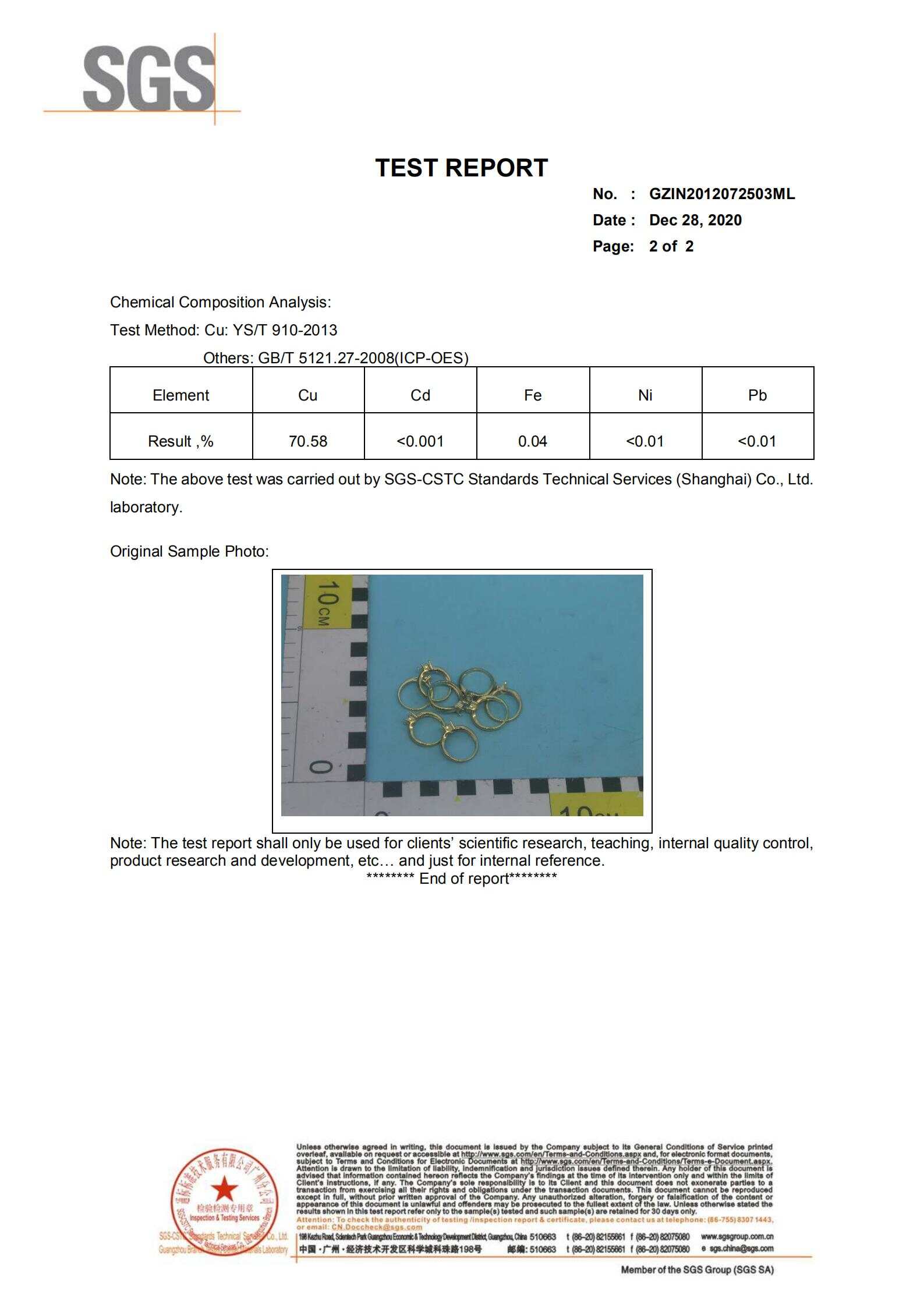
4. Precision Manufacturing Techniques
Modern production combines traditional craftsmanship with advanced technology:
CNC machining with 0.01mm precision
Laser welding for seamless joins
Micro-abrasive texturing
Such precision ensures perfect ring symmetry and consistent sizing across production batches.
5. Multi-Stage Quality Control Process
Every ring undergoes 12-point inspection:
Dimensional accuracy checks
Surface defect detection (200x magnification)
Stress testing (up to 50N pressure)
Electroplating adhesion tests
Automated optical inspection systems complement manual checks by master jewelers.
6. Advanced Polishing Protocols
The final polishing process involves:
Diamond-impregnated polishing wheels
Three-stage mirror finishing
Ultrasonic cleaning with pH-neutral solutions
Anti-tarnish treatment application
This creates the signature luster that defines premium sterling silver jewelry.
7. Lifetime Quality Assurance
Leading manufacturers back their standards with:
Free retumbling services
Replating guarantees
Structural integrity warranties
These commitments demonstrate confidence in their production standards.
Identifying Authentic 925 Silver Rings
Consumers should verify:
Hallmarked "925" stamps
Certificates of Authenticity
Magnetic test results (genuine silver is non-magnetic)
Consistent weight specifications
Why Standards Matter to Consumers
Adherence to production standards ensures:
Hypoallergenic properties
Long-term wear resistance
Value retention
Consistent sizing accuracy
Conclusion: The Standard of Excellence
Understanding the rigorous standards behind 925 sterling silver ring production empowers consumers to make informed choices. From the initial 92.5% purity verification to final ROHS/REACH compliance certifications, each step reflects the jewelry industry's commitment to quality and safety. When choosing your next piece, prioritize manufacturers who transparently uphold these international standards – your lasting satisfaction depends on it.